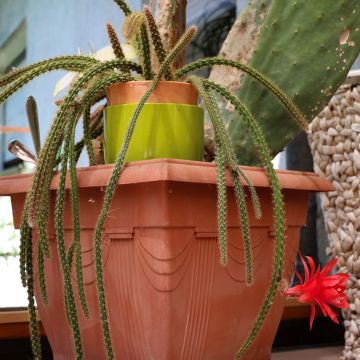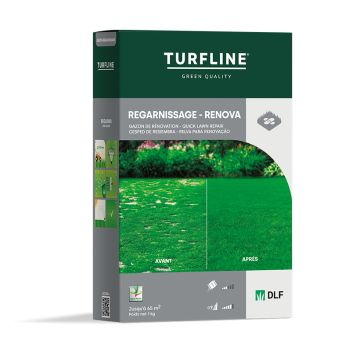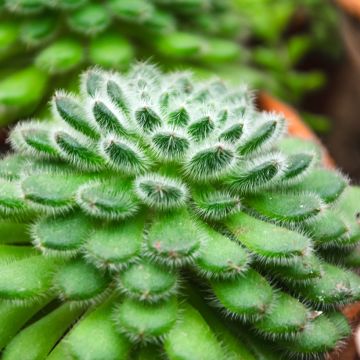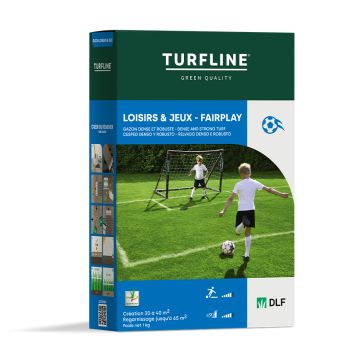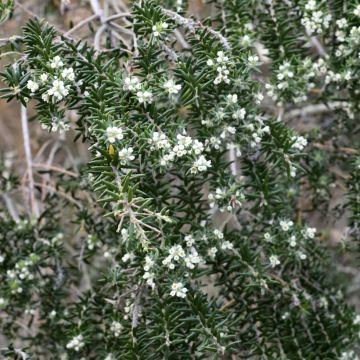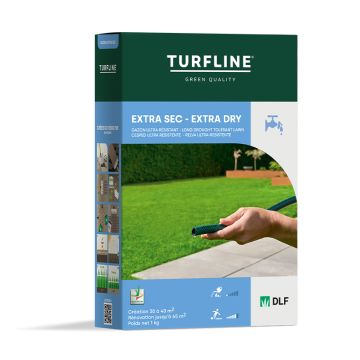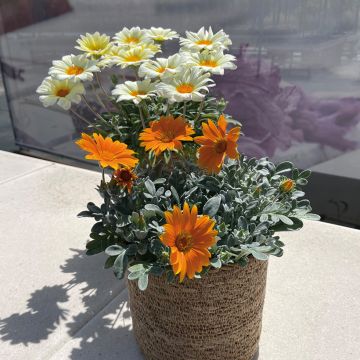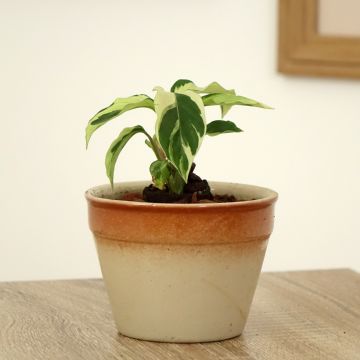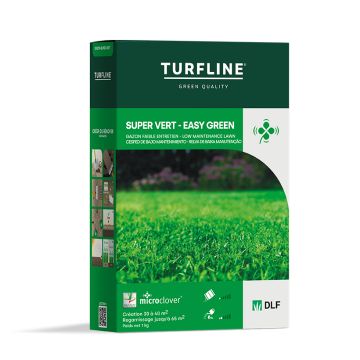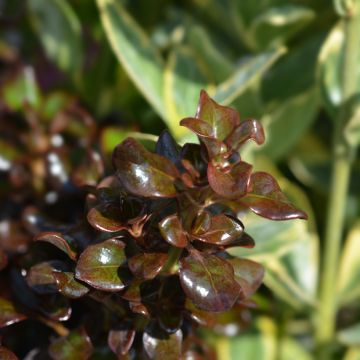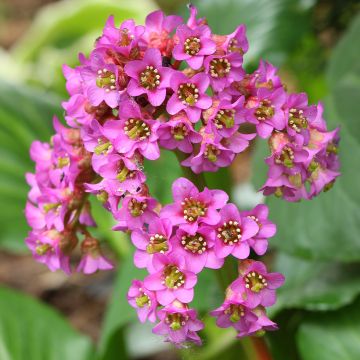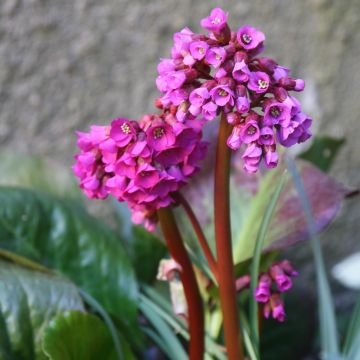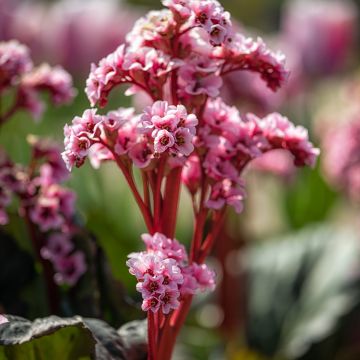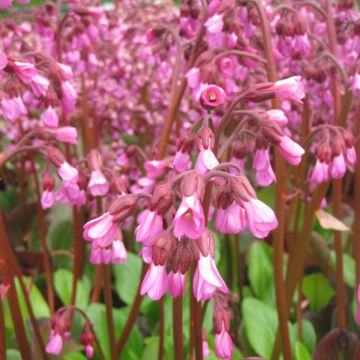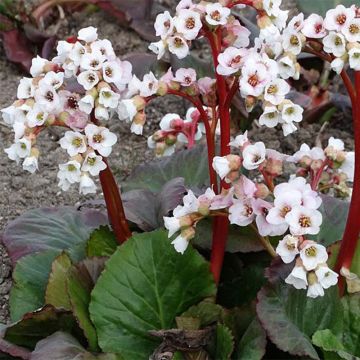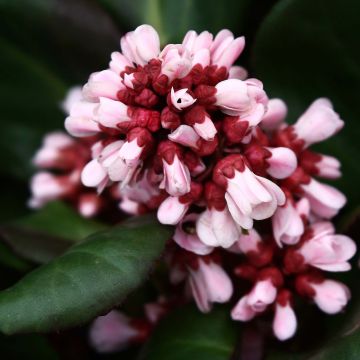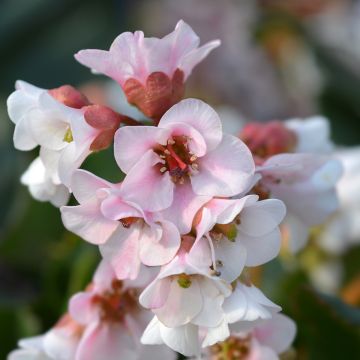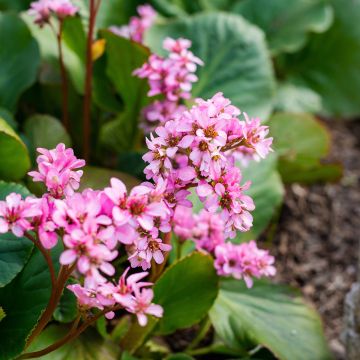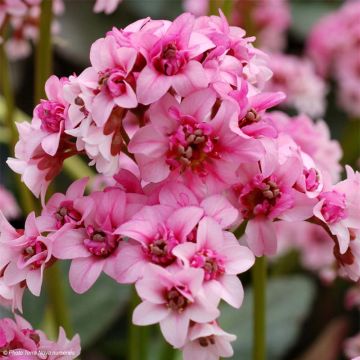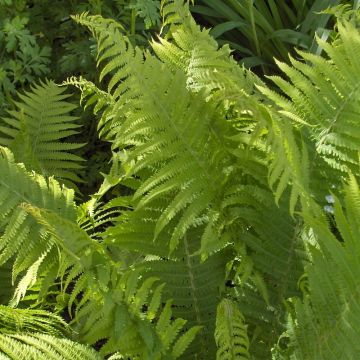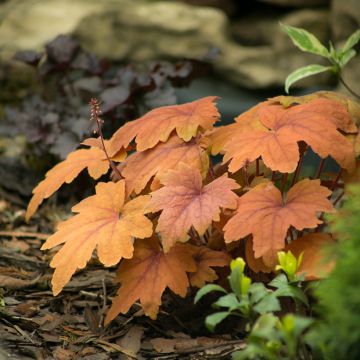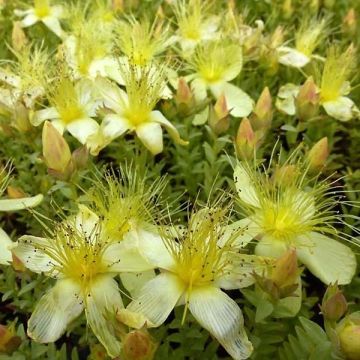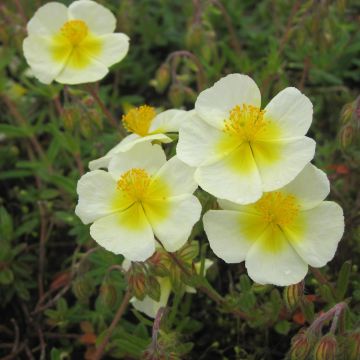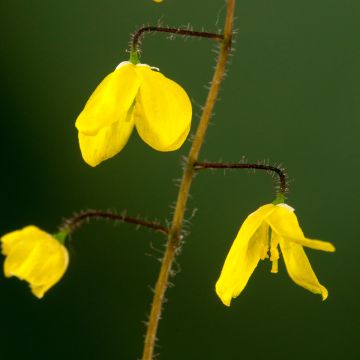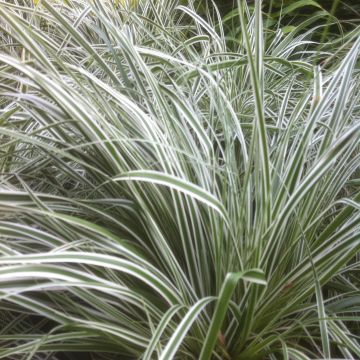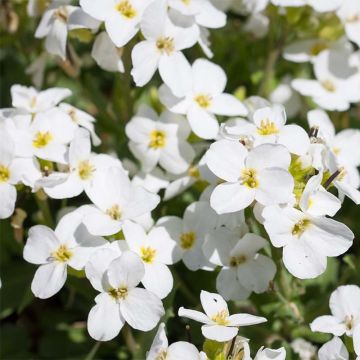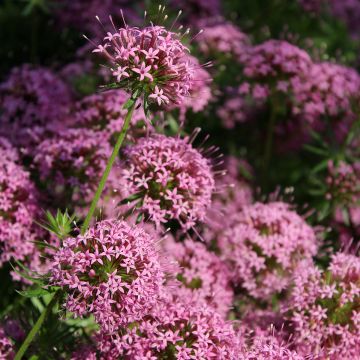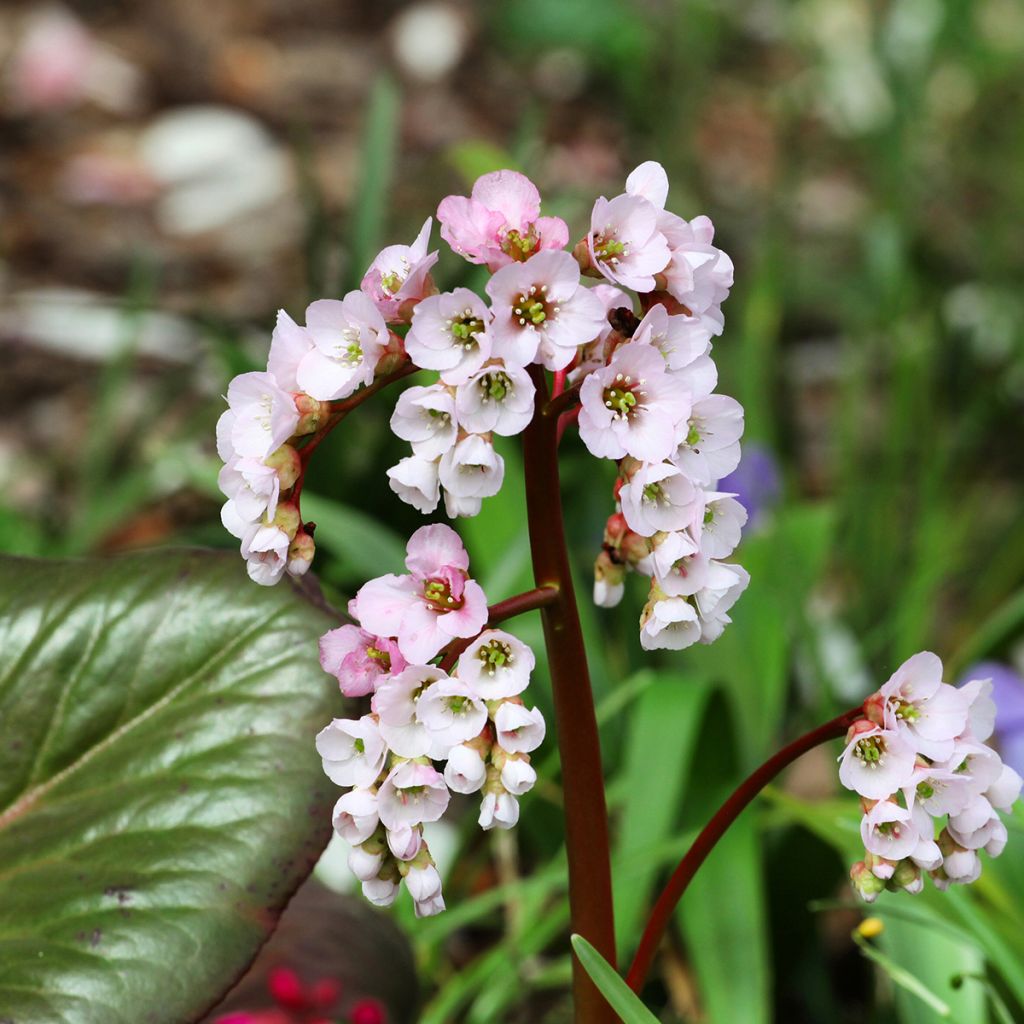

Bergenia x schmidtii - Elephant's Ears
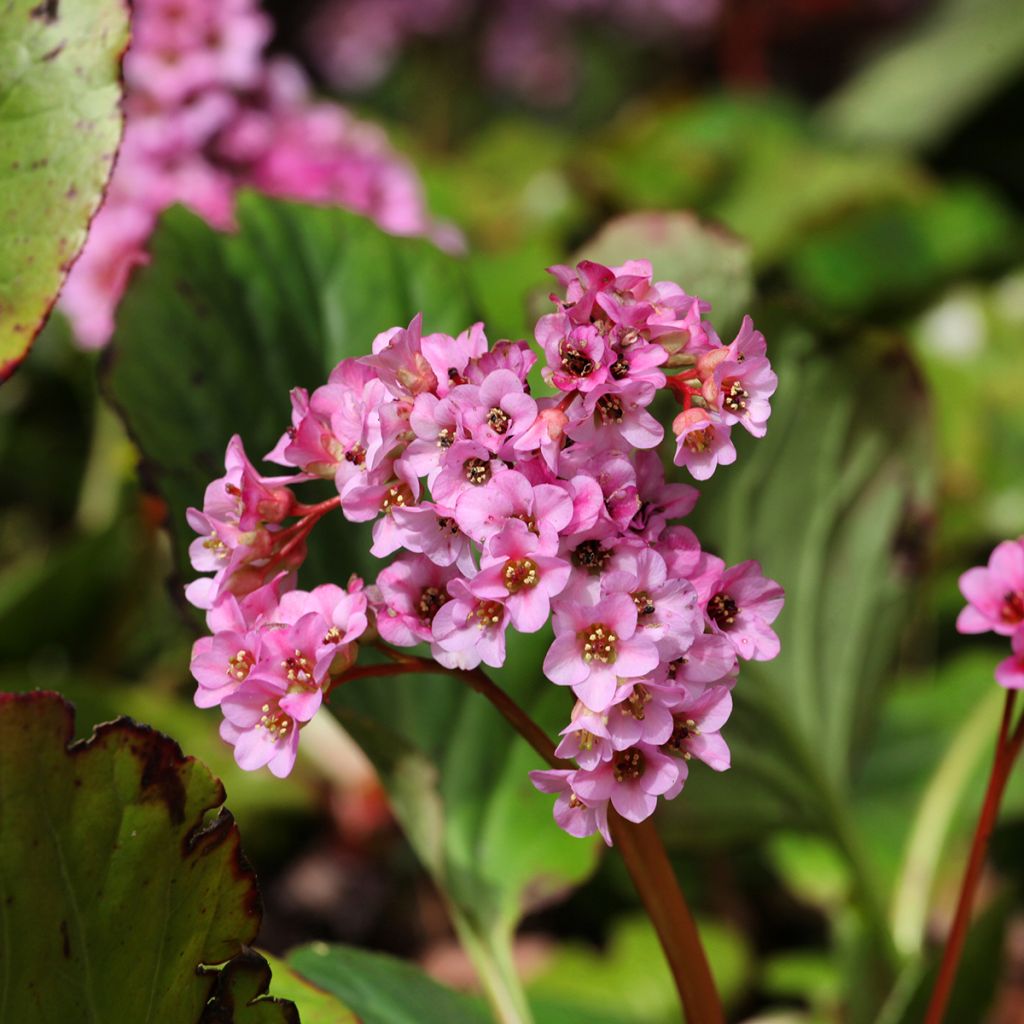

Bergenia x schmidtii - Elephant's Ears
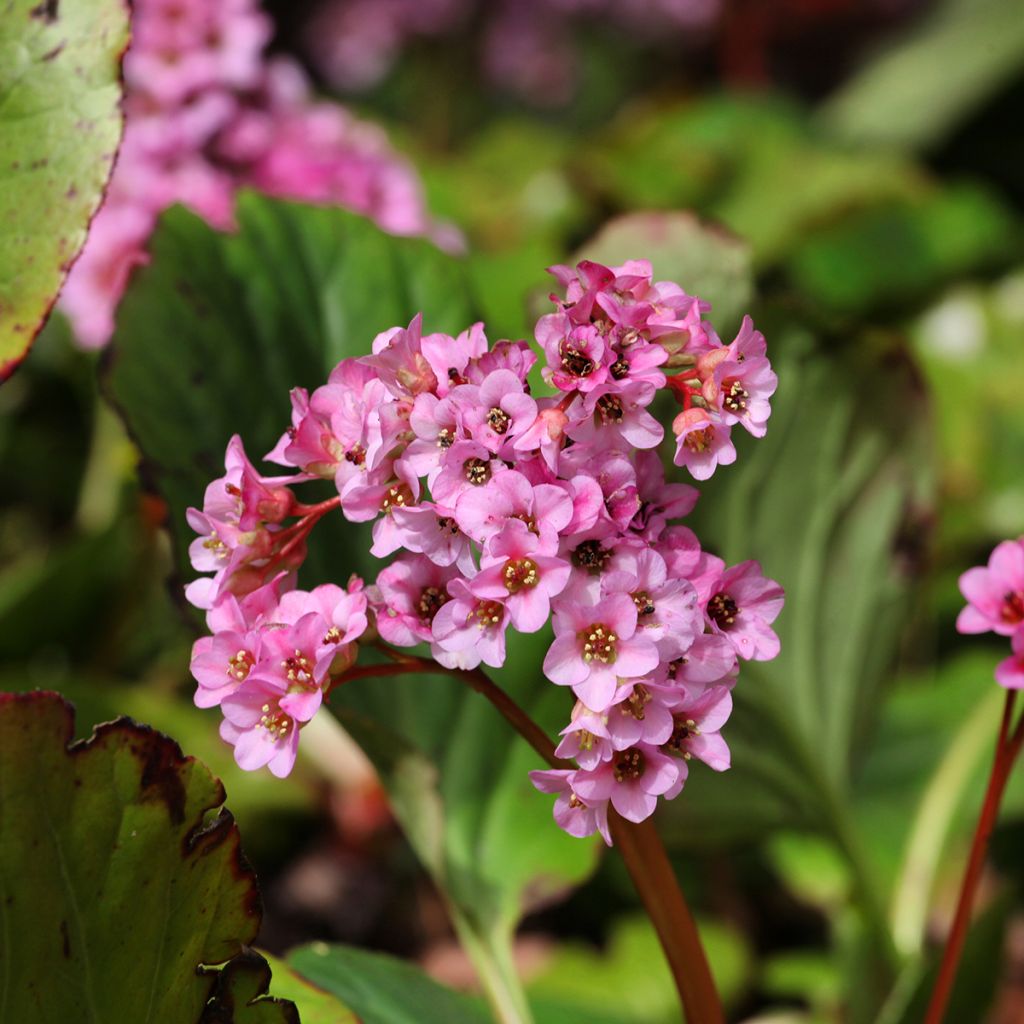

Bergenia x schmidtii - Elephant's Ears
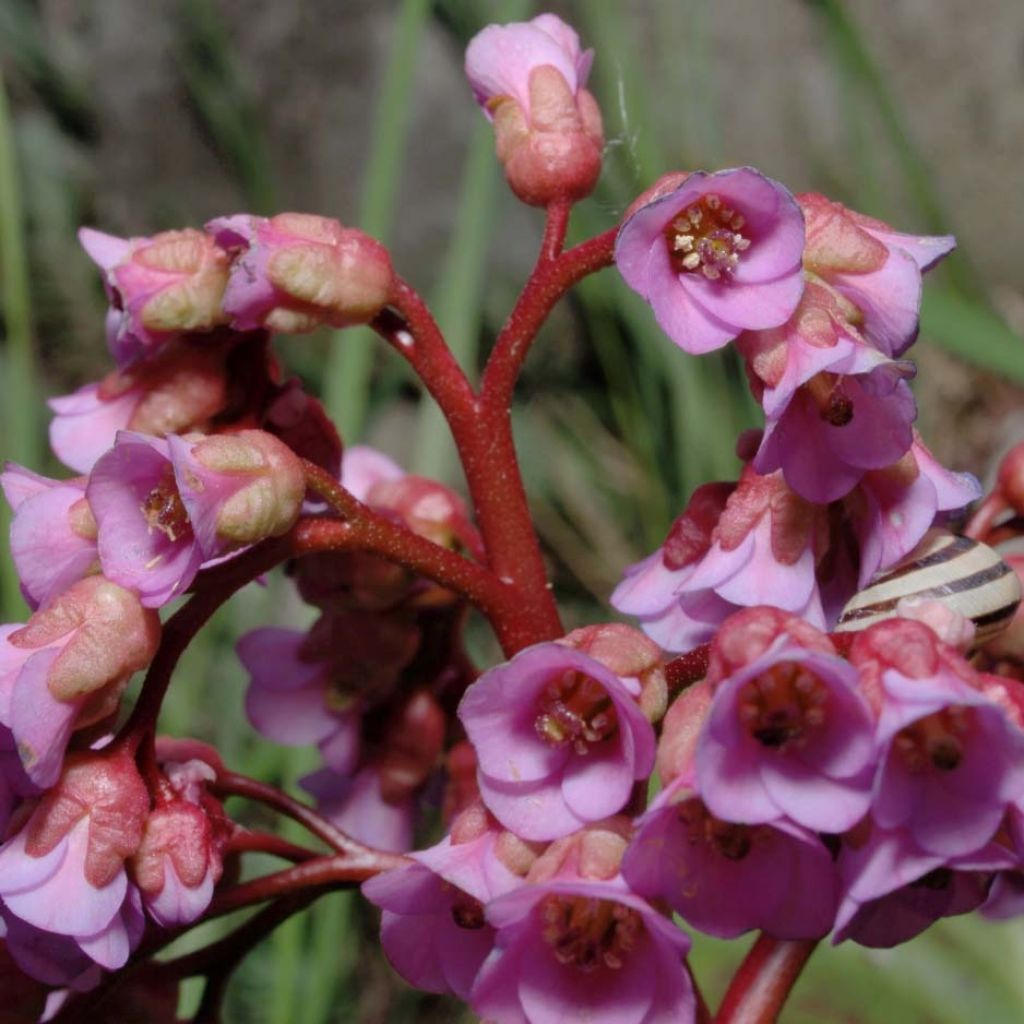

Bergenia x schmidtii - Elephant's Ears
Bergenia x schmidtii - Elephant's Ears
Bergenia x schmidtii
Elephant's Ears, Heartleaf Bergenia, Pigsqueak
Why not try an alternative variety in stock?
View all →This plant carries a 12 months recovery warranty
More information
We guarantee the quality of our plants for a full growing cycle, and will replace at our expense any plant that fails to recover under normal climatic and planting conditions.
From €7.90 for pickup delivery and €6.90 for home delivery
Express home delivery from €8.90.
Does this plant fit my garden?
Set up your Plantfit profile →
Description
Bergenia x schmidtii is an old hybrid dating back to 1878 that the famous gardener Gertrude Jekyll liked to place in strategic locations, such as at the edge of a flowerbed, in a rockery or under roses. Over time, this perennial forms extensive clumps displaying short and wide glossy, toothed leaves in a vibrant green colour, which are often painted purple-violet in winter. Its early spring flowering deserves to be sheltered from cold winds: from the leaf carpet emerge pale pink flowers, arranged in slightly arching clusters. Hardy and resistant, it will thrive in any good, not too dry garden soil.
Bergenia x schmidtii, sometimes called Bergenia crassifolia 'Orbicularis', is likely the result of cross-breeding between Bergenia ciliata, a Himalayan species, and B. crassifolia, native to Siberia. It is a herbaceous, creeping perennial plant of the Saxifrage family, whose foliage persists in winter.
Reaching about 30cm (12in) in height, with a creeping habit, this Bergenia forms loose clumps of vegetation. It grows on a large, thick, creeping rhizome, enveloped by the sheaths of the leaf base. Over time, the plant spreads, but its growth is so slow that it can hardly be considered invasive. Secondary stems appear here and there, eventually forming a beautiful carpet. The round, leathery leaves have coarse, toothed edges and are borne on long petioles, arranged in rosettes. They can measure up to 25cm (10in) long and 18-20cm (7-8in) wide. The lamina is glossy, strongly veined, and a vibrant green colour in spring and summer. It is not uncommon for the leaves to take on a slight purple tint in cold weather. The small bell-shaped flowers, rather pendulous, are grouped in generous, red-stemmed panicles. They are a soft pink, with a deeper shade at the throat. They appear in late winter, but bloom in early spring, in March-April.
Bergenias are long-lived perennials with good adaptability, capable of living for decades without much care: we have planted them in rockeries, along riverbanks, in sunny areas, in shade, in dry or moist soil... The evergreen foliage takes on remarkable colours in certain varieties. The Schmidt's Bergenia has proven itself: it is a variety that has been planted in gardens for a very long time and is not demanding. It thrives in shade, partial shade, or sunny but not scorching locations: dense shade, where it does not flower, and intense sun should be avoided. Cold weather and poor soils enhance its colours. If you are looking for an elegant and sturdy Bergenia to brighten up the gloomy winter days, look no further than this Bergenia. It can be advantageously used in pots, rockeries, borders, as a ground cover, or at the base of deciduous shrubs that allow winter sun but protect it from the heat of summer. It can be paired with perennial geraniums (Geranium macrorrhizum), primroses, and in woodland areas with oriental Hellebores, hostas, and Rodgersias to border a pathway.
Most Bergenias are not afraid of snow. In nature, these plants only grow where there is abundant snow in winter, as it provides excellent protection for the foliage.
Bergenia x schmidtii - Elephant's Ears in pictures
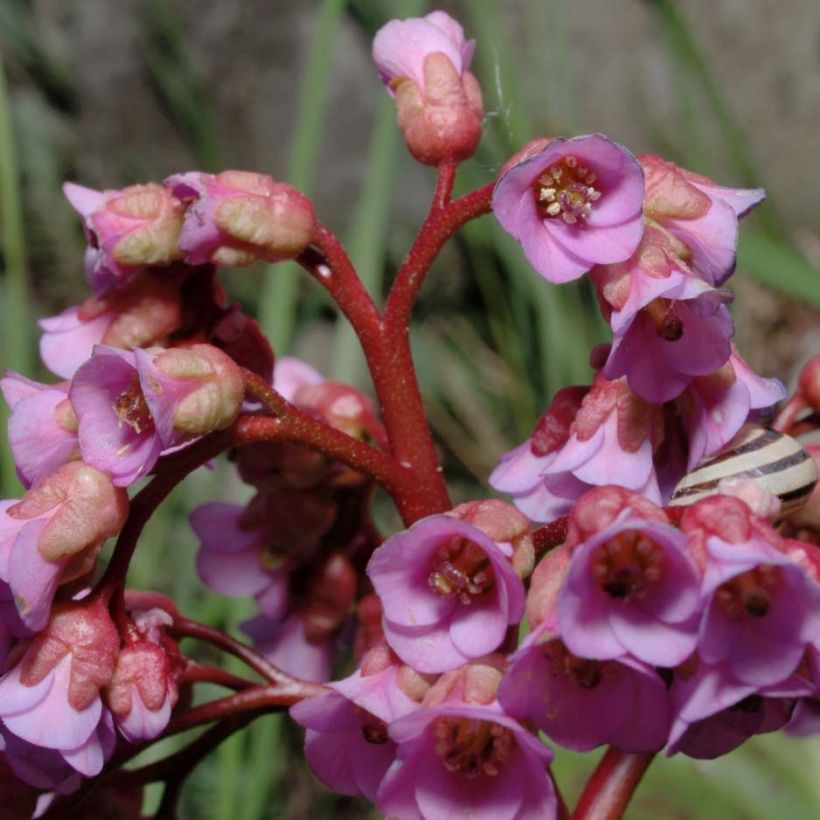

Flowering
Foliage
Plant habit
Botanical data
Bergenia
x schmidtii
Saxifragaceae
Elephant's Ears, Heartleaf Bergenia, Pigsqueak
Cultivar or hybrid
Other Bergenia
View all →Planting and care
Bergenia x schmidtii will grow well in most soils, but a soil rich in humus and moist is preferable. Dry soils tend to halt the growth of the plant. It will thrive in shade, partial shade, or sunny positions that are not scorching: dense shade should be avoided as it does not flower, as well as strong sun exposure. Cold weather and poor soils enhance its colours. Clumps can be planted in spring or autumn, with a spacing of 40 to 50cm (16 to 20in) between plants. To propagate, rhizomes can be divided at the end of winter. Although a good fertilizer benefits the growth of this plant, care must be taken not to over-enrich the soil with nitrogen to facilitate flowering. Remove all withered leaves in spring, apply balanced fertilizer after flowering to encourage new shoots. Keep an eye out for the appearance of slugs and snails in spring.
Planting period
Intended location
Care
Similar products
Haven't found what you were looking for?
Hardiness is the lowest winter temperature a plant can endure without suffering serious damage or even dying. However, hardiness is affected by location (a sheltered area, such as a patio), protection (winter cover) and soil type (hardiness is improved by well-drained soil).

Photo Sharing Terms & Conditions
In order to encourage gardeners to interact and share their experiences, Promesse de fleurs offers various media enabling content to be uploaded onto its Site - in particular via the ‘Photo sharing’ module.
The User agrees to refrain from:
- Posting any content that is illegal, prejudicial, insulting, racist, inciteful to hatred, revisionist, contrary to public decency, that infringes on privacy or on the privacy rights of third parties, in particular the publicity rights of persons and goods, intellectual property rights, or the right to privacy.
- Submitting content on behalf of a third party;
- Impersonate the identity of a third party and/or publish any personal information about a third party;
In general, the User undertakes to refrain from any unethical behaviour.
All Content (in particular text, comments, files, images, photos, videos, creative works, etc.), which may be subject to property or intellectual property rights, image or other private rights, shall remain the property of the User, subject to the limited rights granted by the terms of the licence granted by Promesse de fleurs as stated below. Users are at liberty to publish or not to publish such Content on the Site, notably via the ‘Photo Sharing’ facility, and accept that this Content shall be made public and freely accessible, notably on the Internet.
Users further acknowledge, undertake to have ,and guarantee that they hold all necessary rights and permissions to publish such material on the Site, in particular with regard to the legislation in force pertaining to any privacy, property, intellectual property, image, or contractual rights, or rights of any other nature. By publishing such Content on the Site, Users acknowledge accepting full liability as publishers of the Content within the meaning of the law, and grant Promesse de fleurs, free of charge, an inclusive, worldwide licence for the said Content for the entire duration of its publication, including all reproduction, representation, up/downloading, displaying, performing, transmission, and storage rights.
Users also grant permission for their name to be linked to the Content and accept that this link may not always be made available.
By engaging in posting material, Users consent to their Content becoming automatically accessible on the Internet, in particular on other sites and/or blogs and/or web pages of the Promesse de fleurs site, including in particular social pages and the Promesse de fleurs catalogue.
Users may secure the removal of entrusted content free of charge by issuing a simple request via our contact form.

































